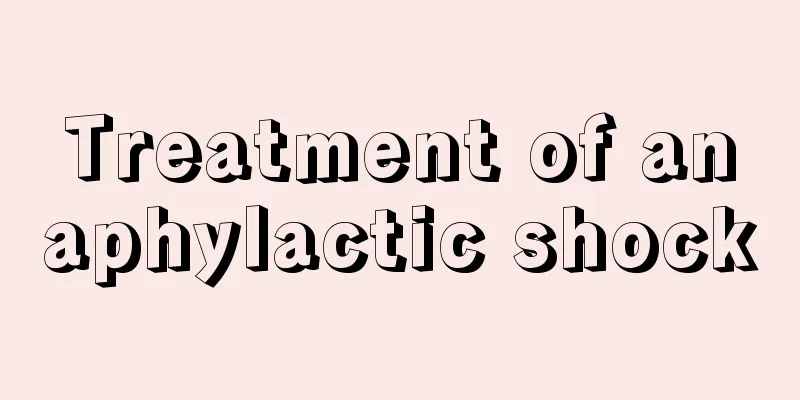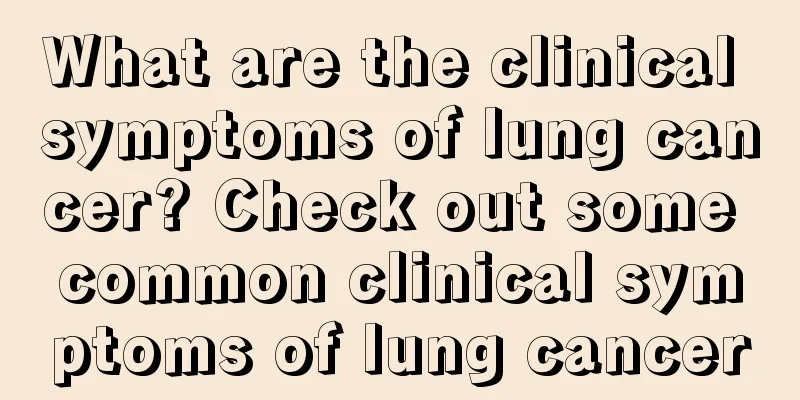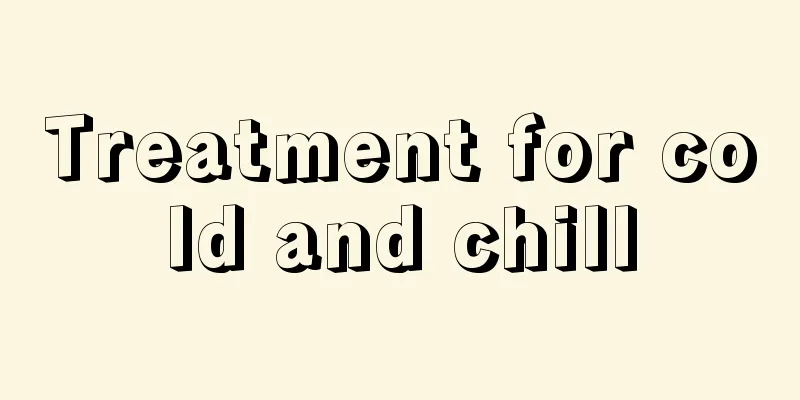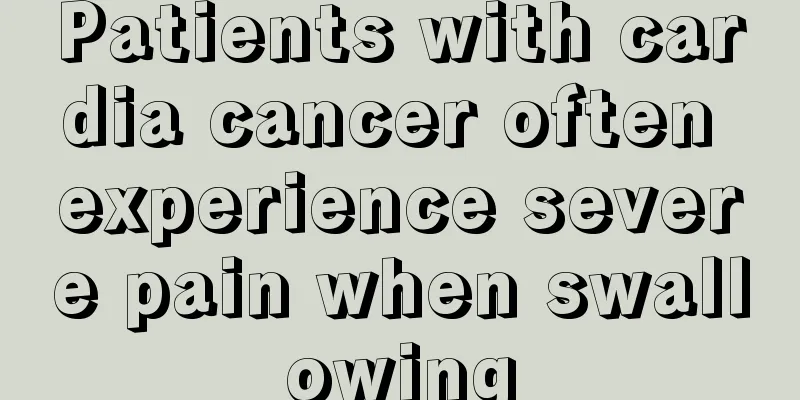Treatment of anaphylactic shock

|
Allergies are a very common phenomenon in life. Since everyone's physical fitness is different, the severity of allergies is also different. Some people have mild allergies and generally do not require special treatment. Some people have more serious allergies. Anaphylactic shock is a more serious allergic reaction. Many people do not particularly understand anaphylactic shock. So what are the treatment methods for anaphylactic shock? How to deal with anaphylactic shock 1. Western medicine treatment We must act decisively and deal with it proactively without losing any time. 1. Immediately stop entering and remove suspected allergens or pathogenic drugs. Ligature the limbs above the injection or insect bite site to slow down absorption. The injected or stung area can also be blocked with 2 to 5 ml of 0.005% epinephrine. 2. Immediately give 0.1% epinephrine, first inject 0.3-0.5ml subcutaneously, then inject 0.1-0.2ml through venous puncture, followed by drip of 5% glucose solution to maintain intravenous administration. Epinephrine can rapidly relax bronchospasm through its β-receptor effect and constrict peripheral small blood vessels through its α-receptor effect. It can also counteract the release of some mediators of type I allergic reactions, so it is the first choice drug for treating this disease and can be used repeatedly several times during the course of the disease. Generally, after 1 to 2 injections of epinephrine, most patients' shock symptoms can gradually recover within half an hour. On the contrary, if the shock persists and does not improve, it is a serious case and 10-20 mg of dexamethasone and 200-400 mg of hydrocortisone succinate should be injected intravenously as soon as possible. A number of anti-shock drugs with longer-lasting efficacy and fewer side effects, such as norepinephrine, alamin metahydroxylamine, etc., may also be used as appropriate. At the same time, vasoactive drugs are given and blood volume is replenished in time. The first dose of 500 ml of fluid can be quickly dripped in. The first-day fluid replacement volume for adults can generally reach 4000 ml. 3. For anti-allergic and symptomatic treatment, commonly used drugs are 10 mg of chlorpheniramine or 25-50 mg of promethazine, which are injected intramuscularly. The patient should lie flat and inhale oxygen to keep the airway open. Because some patients may be in a state of allergic shock, which may cause their allergic threshold to be very low, some non-allergenic drugs they take may be converted into allergenic drugs, so you must keep this in mind when taking the medicine. 2. Acupuncture therapy Urgently pierce the Ren Zhong, Yongquan, Baihui and other acupoints; or heat the Baihui, Qihai, Shenjue acupoints; or bleed the Shixuan acupoint. In the future, the use of drugs or foods that cause this disease, such as penicillin, streptomycin, immune serum, or eating shrimp, should be banned. 3. First-aid Chinese patent medicine Add 10% glucose injection to 10-20mL of Shenfu injection and immediately push it intravenously, or add 20mL of 10% glucose injection to 10-20mL of Shengmai injection and immediately push it intravenously. How to prevent anaphylactic shock 1. When anaphylactic shock occurs, the patient's allergy history needs to be asked before medication, and positive patients need to keep detailed records. 2. Try to reduce the use of unnecessary medications and use oral preparations as much as possible. 3. Patients with allergic constitution should be observed for 15 to 20 minutes after injection. Before taking drugs that may induce this disease, such as sulfonated contrast agents, it is advisable to use antihistamines or prednisone 20 to 30 mg. 4. Perform an intradermal test first. Try not to use drugs that show positive results in skin prick tests. If they must be used, a "desensitization test" or "desensitization test" can be tried. The principle is to gradually increase the dosage of the desensitizing drug from a very small dose under the protection of antihistamines and other drugs until the patient develops tolerance. During the desensitization process, the patient must be closely observed by medical staff, and all emergency rescue measures must be prepared, such as aqueous epinephrine, oxygen, endotracheal intubation, and intravenous corticosteroids. How to deal with anaphylactic shock If a patient suffers from drug-induced anaphylactic shock, stop taking the medication immediately, provide first aid on the spot, report to a doctor promptly, and proceed as follows. 1. Lie down immediately and inject 1 mg of epinephrine subcutaneously as directed by the doctor. For children, reduce the dose appropriately and keep warm. 2. Give oxygen inhalation. In case of respiratory depression, artificial respiration should be given as ordered by the doctor and tracheotomy should be performed if necessary. |
<<: What to do if you are allergic to red tattoo
>>: What is the cause of iron allergy
Recommend
What are the side effects of taking Antan
Parkinson's disease is a disease that can eas...
How to remove the placenta during cesarean section?
If you choose traditional natural childbirth, the...
How to calculate normal weight?
In today's society, thinness is considered be...
Does Patchouli have any effect on pregnant women?
It is well known that Patchouli can clear away he...
How long is the shelf life of aloe vera gel
After buying aloe vera gel, it is mainly used to ...
What are the wonderful uses of baking soda?
Baking soda, also known as sodium bicarbonate, is...
The efficacy and effects of eating paulownia
Most people may be unfamiliar with the word "...
What are the anti-inflammatory teas_
The tea ceremony culture has been passed down in ...
Central disc herniation
Central disc herniation is actually a type of lum...
What are the treatments for lung cancer?
In recent years, lung cancer has become one of th...
What are the treatments and uses of aloe vera
Aloe vera is a common natural green plant. It can...
There are 4 early symptoms of esophageal cancer
Esophageal cancer is a common digestive tract dis...
At what age is nasopharyngeal cancer more likely to occur? What should we pay attention to?
At what age does nasopharyngeal cancer occur? Wha...
Height determines cancer rate, revealing who is most likely to get cancer
The media recently summarized the research in rec...
Traditional Chinese medicine remedies that can be used to improve stomach cancer symptoms
Gastric cancer patients will show many adverse sy...









